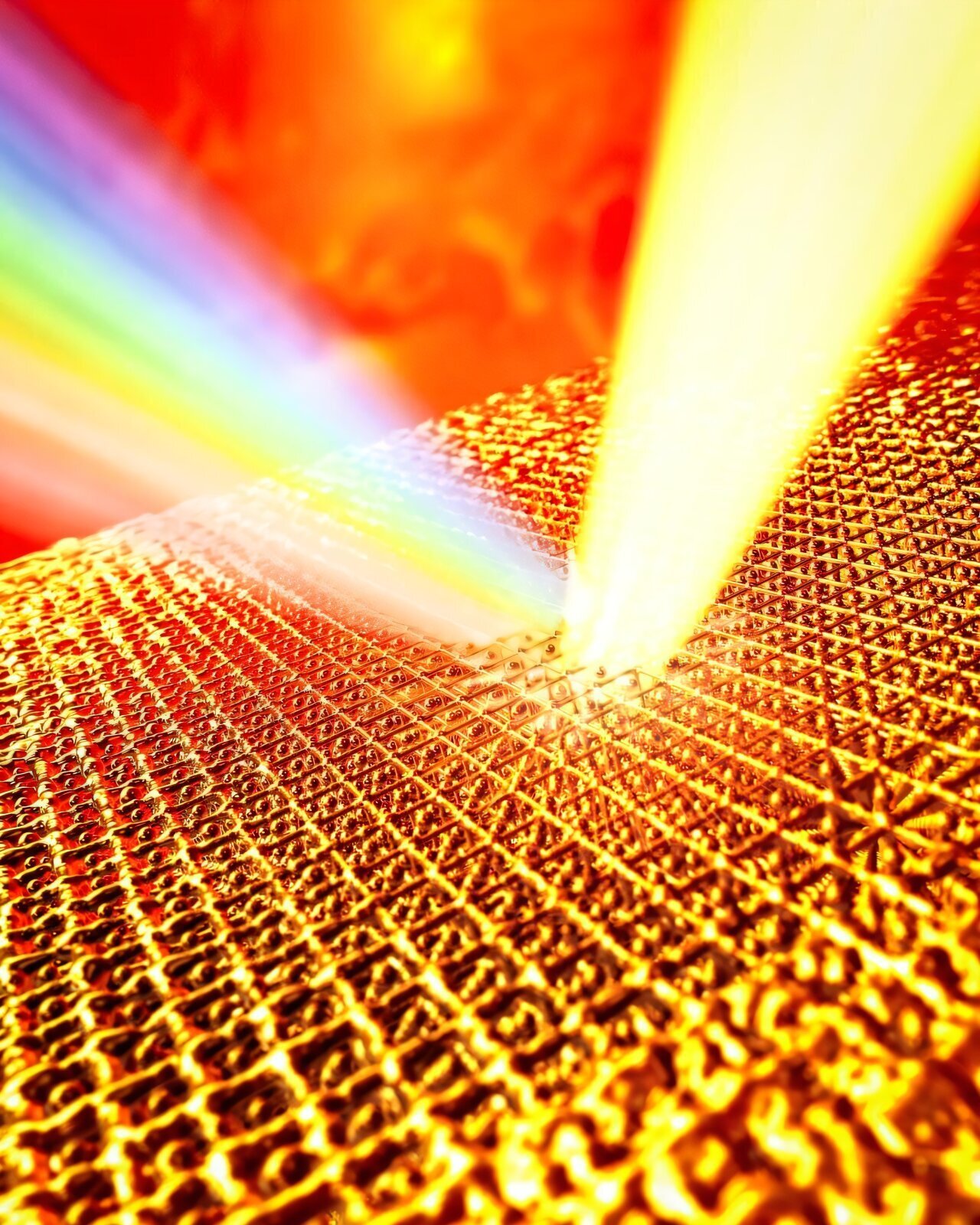
It’s Saturday! Let’s review the last seven days of research findings: In a kind of logistics/transport breakthrough, archaeologists in Wales have determined that smaller megaliths surrounding Stonehenge were transported by Neolithic humans rather than glaciers, as some researchers have proposed in the past. Harvard scientists created cell-like chemical systems that simulate metabolism, reproduction and evolution, demonstrating that self-created systems can arise in non-biochemical molecules. And like humans, octopuses are susceptible to the “rubber hand” illusion.
Hot doubloons overturn physics theory
It’s notoriously difficult to make precise measurements of ultra-hot materials, such as the plasma in the sun’s atmosphere. Researchers at the SLAC National Accelerator recently developed a technique for taking these measurements, and in the process, completely upended nearly 40 years of theory regarding the dynamics of superheated systems. In their study, they reported the first direct measurement of the temperature of atoms in gold heated far beyond the theoretical limit.
They used a laser to superheat a nanometer-thin gold sample; as its atoms began vibrating at a speed directly related to the rising temperature, they sent a pulse of ultrabright X-rays through it. These X-rays’ frequency shifted as they scattered off the vibrating atoms, revealing the speed of the atoms, which is a direct measurement of their temperature. The temperature of the gold sample was measured at 19,000 Kelvin, or 33,740 degrees Fahrenheit. This is 14 times higher than the melting point of gold, but significantly, it is higher than the theoretical entropy catastrophe limit.
When a material is heated beyond its normal melting and boiling points without actually melting or boiling, it becomes more likely to experience what physicists call a catastrophe—a sudden onset of melting or boiling that can be triggered by a small disturbance. But this did not occur in the team’s experiment.
Tom White, associate professor of physics at University of Nevada, Reno, says, “It’s important to clarify that we did not violate the second law of thermodynamics. What we demonstrated is that these catastrophes can be avoided if materials are heated extremely quickly—in our case, within trillionths of a second.”
Scientists look at people looking at faces
Pareidolia is the instant recognition of face-like features in inanimate objects and is so innate that it’s likely hard-wired in humans. A new study from the University of Surrey explores how it works and how it could benefit advertisers. The researchers compared the experience of pareidolia with the response of subjects seeing another person avert their gaze.
Over four experiments with 54 participants, they measured how people are influenced by another person’s gaze. In the cases of both averted gaze and pareidolia, participants in the experiments shifted their attention, but the researchers found that the underlying mechanisms for these responses were different.
Neuroscientist Dr. Di Fu says, “Our research shows that both averted gazes from real faces and perceived faces on objects can direct where we look, but they do so through different pathways. We process real faces through focusing on specific features, like the direction of the eyes. However, with face-like objects, we process their overall structure and where their ‘eye-like features’ are positioned, resulting in a stronger attention response.”
Scientists discover gut-brain text thread
Researchers at Duke University School of Medicine have discovered the first neurobiotic connection between the gut and the brain, validating the theory that the gut comprises the “second brain.” In the newly identified system, the brain responds in real time to signaling from epithelial sensor cells in the colon. The cells are specialized to detect a common microbial protein and send messages to the brain to curb appetite.
That protein is flagellin, which is found in bacterial flagella, the tail-like structure many bacteria use to swim. After eating, some of the bacteria that reside in the gut release flagellin, which is detected by the neuropod cells. The researchers suspected that this signaling plays a role in appetite suppression and conducted experiments with mice bred without the TLR5 receptor that detects flagellin. In the experiments, these mice did not stop eating and gained weight, a finding that could have implications for future studies into appetite, satiety and obesity.
Written for you by our author Chris Packham,
edited by Gaby Clark, and fact-checked and reviewed by Andrew Zinin—this article is the result of careful human work. We rely on readers like you to keep independent science journalism alive.
If this reporting matters to you,
please consider a donation (especially monthly).
You’ll get an ad-free account as a thank-you.
© 2025 Science X Network
Citation:
Saturday Citations: Hot, hot gold; mechanisms of face recognition; first pathway of gut-brain communication (2025, July 26)
retrieved 26 July 2025
from https://phys.org/news/2025-07-saturday-citations-hot-gold-mechanisms.html
This document is subject to copyright. Apart from any fair dealing for the purpose of private study or research, no
part may be reproduced without the written permission. The content is provided for information purposes only.




